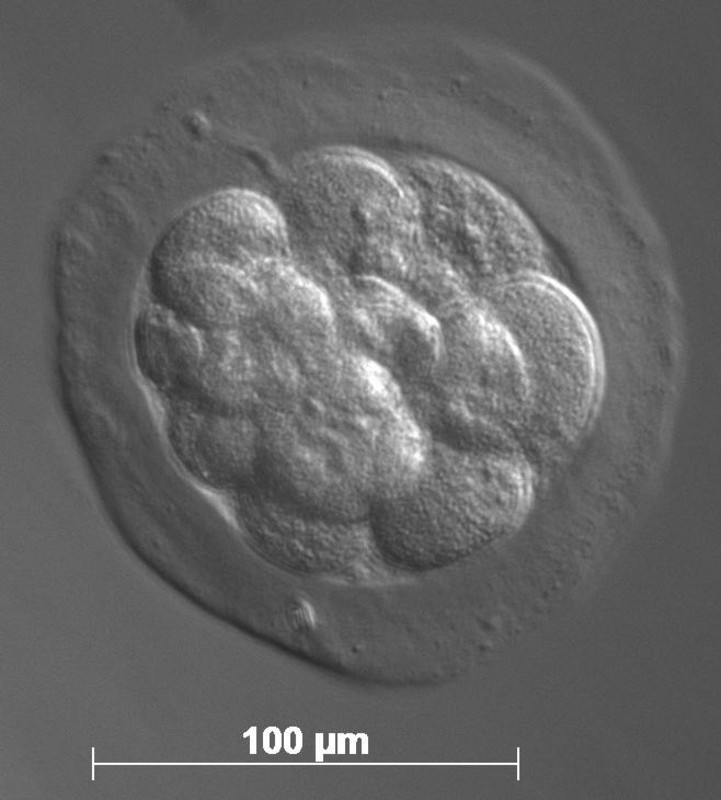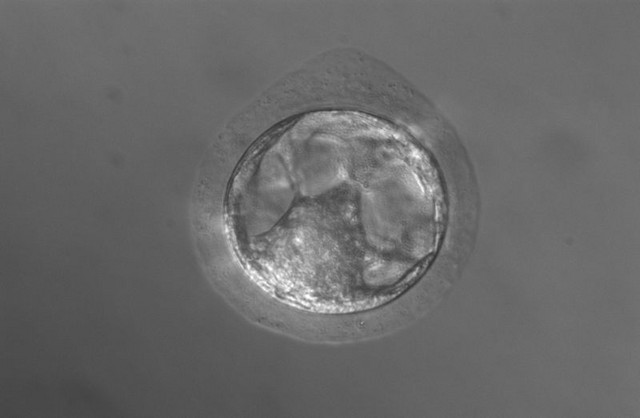Jack-of-all-trade cells with medical potential

Many grave human diseases are caused through the dysfunction or degeneration of vital cells in the body. Parkinson's disease is for example triggered through the loss of dopamine producing neurons in the midbrain. Diabetes mellitus type 1 arises because of a lack of insulin producing cells. Cell replacement therapies with the use of embryonic stem cells, could provide a chance for a cure of these diseases. The pluripotent cells have the ability to develop into all cell types of the body. Embryonic stem cells could be used as a replacement for dead cells in new therapies. Rüdiger Behr, head of the research platform Degenerative Diseases at the German Primate Center (DPZ), conducts research on these jack-of-all-trade cells in non-human primates. In cooperation with his research team, he pioneered European research in the production and characterization of the properties of embryonic stem cell lines in marmosets. In order to test the safety and efficacy of cell replacement therapies in pre-clinical testing, the new cell lines are vital tools in stem cell research (Scientific Reports, 2016).
Because of the German Embryo Protection Act, the production of human embryonic stem cells is banned in Germany. However, in order to assure the effectiveness and safety of cell replacement therapies, their functionality and efficiency must at first be tested in basic research and pre-clinical studies. Because of their physiological, anatomical and genetic similarities to human, the stem cells of non-human primates provide an important alternative to human stem cells in the research field. The first embryonic stem cells from marmosets were produced 1996. Unfortunately, all of these initial cell lines are no longer available. However, a laboratory in Japan has a few of these cell lines available for scientific purposes.
In their study, Rüdiger Behr and his colleagues have now produced a total of four new embryonic stem cell lines from naturally conceived embryos of marmosets. Particularly interesting was that they could isolate three of the lines from the morula, a very early stage of the development. The fourth line came from the blastocyst, the stage of development that is generally used to generate stem cells.
"We have closely examined all four lines for their appearance, growth, behavior and genetic properties," says Rüdiger Behr. “Under culture conditions all the cell lines developed identically, indicated the pluripotency ability and could therefore differentiate the various cell types. All lines had virtually the same gene expression profiles.”
However, there was a difference in the number of chromosome in twos, obtained from the cell lines of the early morula stages: some chromosomes were in threes. These trisomies are also reflected in the gene expression of the respective chromosomes. It was up to 50 percent higher than at the available twofold chromosomes.
“Multiple chromosomes are common in human embryos produced by artificial reproductive technologies", says Rüdiger Behr. “Until now, this condition has been attributed to in vitro manipulation. Our results may indicate that such trisomies could represent a natural situation at the beginning of embryonic development in individual cells of the early embryo and is later corrected by the embryo’s own mechanisms. This result could additionally be of interest for reproductive medicine.”
The four new cell lines are now available to the global community of stem cell researchers for scientific studies. Particularly in our aging society, stem cell therapies are a promising approach to cure degenerative diseases. “With our cell lines, we hope to contribute to the progress of biomedical stem cell research”, Rüdiger Behr summarizes. “Embryonic stem cells are required for preclinical testing of cell replacement methods and they are used for basic cell and development biological issues. Especially when it comes to human related medical issues that cannot be tested on patients themselves, embryonic stem cells from non-human primates become indispensable for research purposes.”
Original publication
Debowski, K., Drummer, C., Lentes, J., Cors, M., Dressel, R., Linger, T., Salinas-Riester, G., Fuchs, S., Sasaki, E., Behr, R. (2016): The transcriptomes of novel marmoset monkey embryonic stem cell lines reflect distinct genomic features. Scientific Reports, www.nature.com/articles/srep29122




